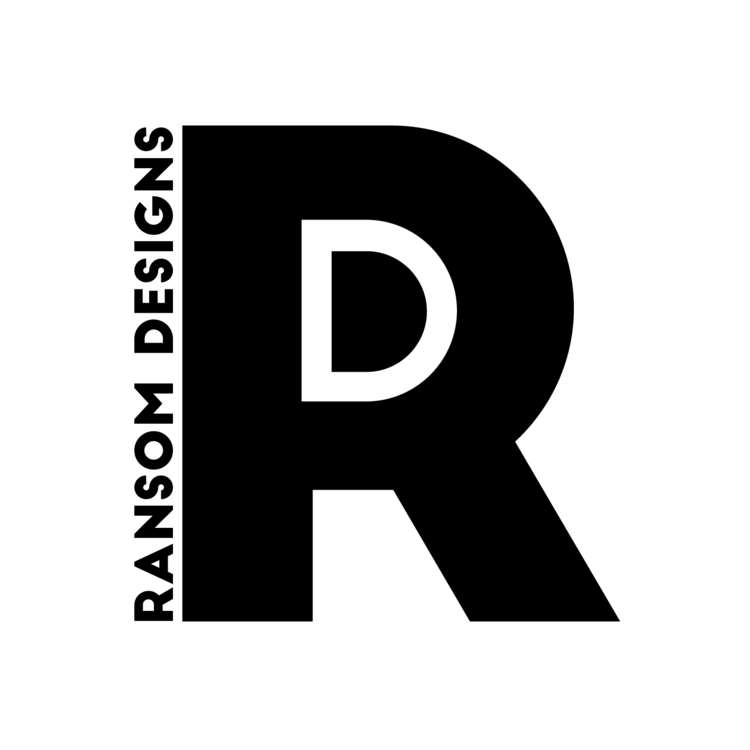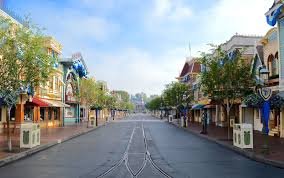Today felt like a good day. I had two things happening simultaneously. I wanted to get back into the screen printing studio and play around, and also a tutorial.
First off the screen printing. This was a bit of a cheat, as I was printing a poster I made a few years ago, but have always wanted to screen. It’s also a cheat as I’m going to sell these prints on my Etsy store, but thats by the by. This print was a lot harder than the print last week, or at least harder in different ways. It’s only A3 so easier by being a smaller surface area to print. But harder because it’s a lot more black and therefore a lot more ink to pull. I was finding that because the top had lots of ink it would run out by the time I got to the bottom and so the bottom third of the print didn’t get enough of the finer detail registered.
But this is all part of the learning process. I did quite a few prints so I would have enough to sell and also some of them bled out or didn’t pull properly, so need to top up the number. Screen printing hurts my fingers. I wonder if thats normal or if I’m pressing too hard?
The second part was my tutorial With Mike. I explained the experiments I had been working on over the last couple weeks. The paper forced prospective model that didn’t work out super well. I said I’m planning on returning to that, but not sure when. Then the pop up thing that was very difficult and annoying. And then finally the screen printed poster study of Dapper Dans. This went down very well and we spoke about information design and how to translate information into digestible presentations. Which is a fundamental component of what a graphic designer does. Mike put me onto Marie Neurath and her husband, who’s name I didn’t write down, who pioneered information design in the 1920s in Venice. So I need to look into them. Also Gerd Antz. I also want to look at a book called Graphic DEsign Manual by Armin Hoffman, not that it has a direct relationship with what I’m doing but looks like it covers a lot of bases.
I had a thought the other day about making trading cards based on the examples of design I’ve photographed over the years I’ve been going to the parks. A lot of what I’ve read about the emotional component of a Disney park, is about reassurance. As apposed to escapism. And how a lot of that is achieved is through the detail in the parks. And it’s the details that I first found super interesting, and I think where this project is focusing. And so taking those details and shining a light on them, or contextualising them as top trump cards or trading cards could be a really fun thing to do.
Mike liked the poster and agreed that I could produce a series of them as a document of the attractions that I could then use to make critical analysis of the way graphic design is used by the imagineers. I’ve been reaching out to park locals around the world to try and get some more photos to work from, so hopefully they’ll get me some stuff to work on soon. In the meantime I’ll work on these trading cards.
One idea that was discussed was Victorian tunnel cards as a way to show forced perspective that would fix the ground level issue from the card cut out experiments. Thats something I’ll research and play around with.
https://tennants.blob.core.windows.net/stock/2988720-8.jpg?v=63785372734747














